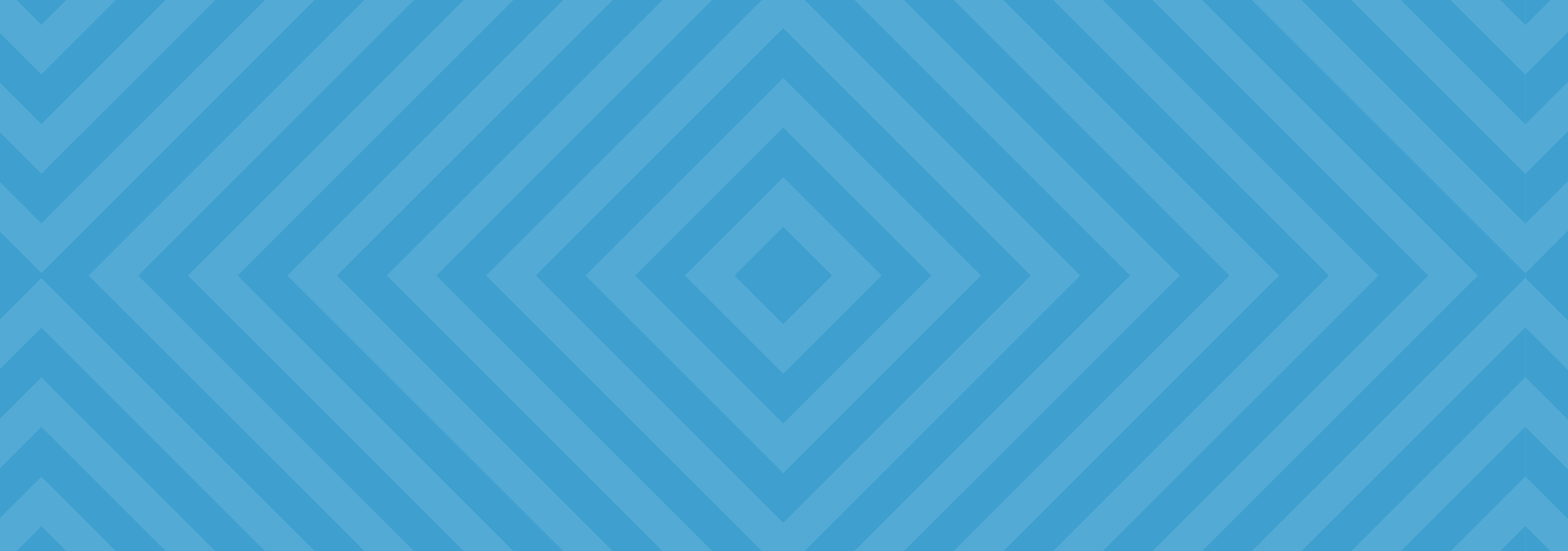Ogre illustrations: Caricatures
Ogres were very, very frequently used in social or political caricatures. Here is a little selection.
In this caricature, the ogre is an embodiment of the "Infant Industries", armed with a club on which is inscribed "Dingley Tariff" - the knight facing the ogre is actually the president Roosevelt.
Here, Daniel O'Connell is depicted, in an 1843 issue of "Punch", as the "Irish ogre fattening on the finest pisantry".
In this caricature, which retells the evacuation of children to the Soviet Union during the Spanish Civil War, Russia is depicted as an ogre stealing the children of Spain, while "Carlist youth" tries to "rescue" them.
An 1902 caricature by Achille Lemot for an issue of the newspaper "Le Pélerin" depicting Emile Combes as an ogre.
A caricature by Charles Léandre of Edouard Drumond as an ogre, in the context of the Dreyfus case.
A caricature by Grandville published in 1835, entitled "The big and fat ogre"
A 1914 caricature of a French soldier entering the mouth of the German ogre
Another caricature of Emile Combes as an ogre, devouring various freedoms depicted as dishes
A Georges Lafosse caricature of 1878 depicting Napoleon III and his "liberal empire" as an ogre





